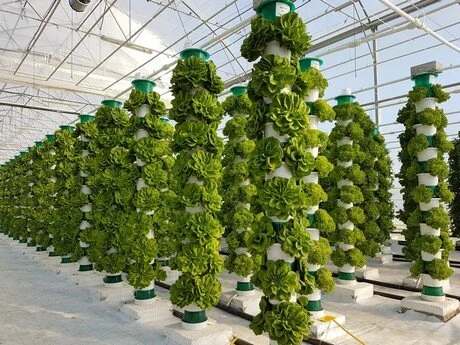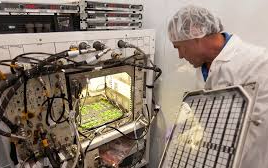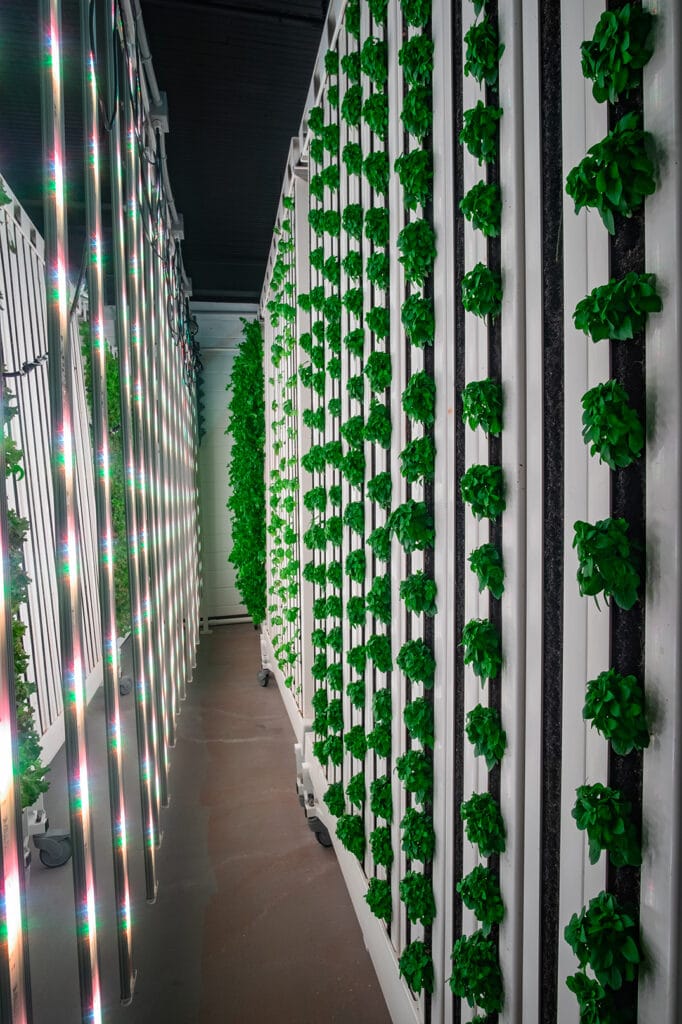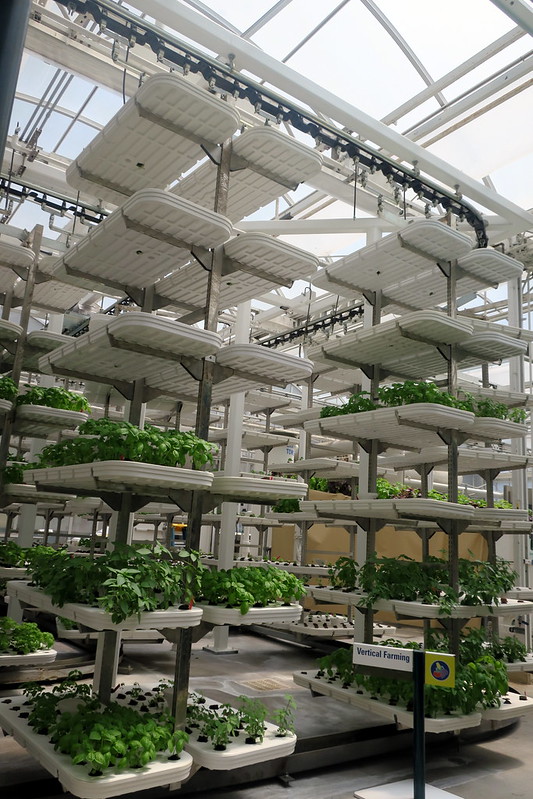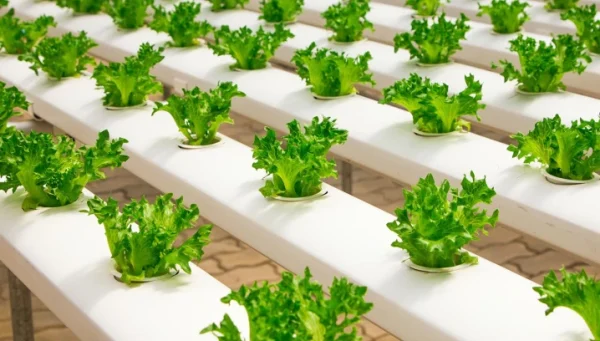
Many people still grow food the same way farmers have for hundreds of years—in soil, using sunlight and rain or irrigation. But new methods called hydroponics let plants grow without soil, using nutrient solutions and controlled environments. Hydroponic systems are being tried by schools, businesses, and community projects to grow fresh vegetables more quickly and in smaller spaces. Some groups are donating that food to local food banks so people who need help can get fresh produce.
Why traditional soil growing can be inferior to hydroponics
Traditional soil farming works well in many places, but it can use a lot of water, needs lots of land, and depends on good weather and seasons. Hydroponic systems can use much less water (studies report savings of around 80–90% compared with open-field farming), fit into small or indoor spaces (including vertical racks), reduce problems from soil pests, and allow year-round production with precise nutrient control. All of this can lead to higher yields per square meter and steadier harvests. However, hydroponics also needs electricity, equipment, and training, so it’s not a perfect swap for every situation.
How food banks impact society
Food banks do more than hand out groceries; they help communities stay healthy, support families during emergencies, and connect people to other services like job programs or nutrition education. National studies and industry reports show that food banks serve every county in the U.S. and help millions of people. These organizations also reduce food waste by rescuing surplus food and can multiply social benefits when they partner with local agencies. For local communities, adding fresh, locally grown produce (like hydroponic greens) improves nutrition options at food banks and helps people eat healthier meals.
How hydroponic systems could affect the food supply
Hydroponics can strengthen local food supplies by producing fresh vegetables close to where people live, shortening delivery time and lowering spoilage. Research and policy briefs argue hydroponics makes sense in cities, drought-prone areas, and places with limited farmland because it increases yield per area and uses water more efficiently. Pairing hydroponics with renewable energy (for pumps and lights) makes the systems greener and more resilient. When community groups, schools, or small farms grow for donation, they can give food banks a steady stream of fresh produce, boosting food security and dietary quality for people who rely on charitable food. Still, scaling up needs funding, local supply chains for nutrients and parts, and training so systems stay safe and productive.
Growing edible plants hydroponically and donating them to food banks is a promising idea. Hydroponics can overcome some limits of traditional farming (water use, land, and seasonality), food banks already play central roles in community well-being, and combining the two can increase local access to fresh, nutritious foods. To make this work well, communities should plan for energy and training needs, partner with local food banks, and start with small pilot systems in schools or community centers to learn before expanding. Building a hydroponic garden and donating to a food bank helps students learn real engineering and community service at the same time.
Works Cited
Abdelhamid, M., et al. (2025). Sustainable hydroponic production using solar energy and treated greywater within the water-energy-food-environment nexus. https://www.nature.com/articles/s41598-025-16030-4
Feeding America. (2025). Map the Meal Gap 2025. https://www.feedingamerica.org/research/map-the-meal-gap/overall-executive-summary
Global FoodBanking Network. (2025). Food banks: The building blocks of civil society. https://www.foodbanking.org/resources/food-banks-the-building-blocks-of-civil-society/
Rajaseger, G., et al. (2023). Hydroponics: Current trends in sustainable crop production. https://www.ncbi.nlm.nih.gov/pmc/articles/PMC10625363/
Zee, C., et al. (2024). Providing food security through hydroponic systems. https://sdgs.un.org/sites/default/files/2024-05/Zee%2C%20et%20al._Providing%20Food%20Security%20through%20Hydroponic%20Systems.pdf

